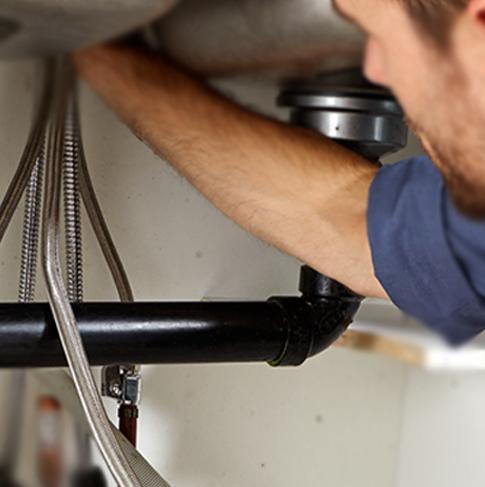Public water systems play a critical role in ensuring the health and safety of communities. However, despite efforts to provide clean and safe drinking water, contaminants can still make their way into public water supplies.
These contaminants can come from various sources, including agricultural runoff, industrial discharge, and outdated water treatment infrastructure. Filtration systems such as Everpure water filter systems can remove them from your supply, but they can still sometimes leach out.
Here are the most common contaminants found in public water systems and what you can do to prevent it.
Table of Contents
Lead
Lead, which can leach into water from aging pipes, can cause serious health problems, especially in children. Lead is a toxic metal that can enter public water systems and cause serious health problems, especially in children.
The primary source of lead in public water systems is from lead pipes and plumbing fixtures. Lead was commonly used in pipes and fixtures before it was banned for potable water systems in 1986.
Lead can leach into water from these pipes and fixtures, especially when water sits in the pipes for an extended period of time. Lead is not only found in older homes and buildings, but can also be present in newer construction if non-lead pipes were not used during installation.
If elevated levels of lead are detected, steps must be taken to remove the lead from the water. This can include flushing the pipes, adding corrosion control treatments, or replacing lead pipes and fixtures.
Chlorine
Chlorine is a common chemical used to disinfect public water systems and kill harmful bacteria and pathogens. While chlorine is effective in reducing the risk of waterborne diseases, it can also cause health problems when consumed in excessive amounts.
Chlorine enters public water systems through the addition of chlorine-based disinfectants, such as sodium hypochlorite, at water treatment facilities. The amount of chlorine added to water is carefully monitored and regulated by local and state agencies, but over-chlorination can still occur.
Excessive levels of chlorine in water can lead to the formation of harmful by-products, such as trihalomethanes (THMs) and haloacetic acids (HAAs). These by-products are carcinogenic and can increase the risk of cancer, birth defects, and other health problems.
Nitrates
Nitrates are nitrogen-based compounds commonly found in fertilizers and agricultural runoff, and they can enter the water supply through groundwater or surface water. Groundwater can become contaminated with nitrates through the leaching of fertilizer from agricultural fields into the groundwater.
Septic systems and wastewater treatment facilities can also contribute to nitrate contamination in the water supply. Nitrates can seep into the groundwater from leaking septic systems and wastewater treatment facilities, or be discharged directly into surface water.
Bacterial Contamination
Bacterial contamination in water supplies can occur from various sources, including sewage, animal waste, and septic systems. When these sources are not properly managed, bacteria can enter the water supply and pose a risk to public health.
One of the most common forms of bacterial contamination in water supplies is E. coli, a type of fecal coliform bacteria that can cause serious illness, including diarrhea, cramps, and fever. E. coli can enter water supplies through sources such as agricultural runoff, overflowing septic tanks, and failing sewer systems.
Bacterial contamination in water supplies can also occur through inadequate treatment and distribution systems. For example, water treatment facilities that do not have adequate filtration or disinfection systems can allow bacteria to pass into the water supply, and distribution systems that have leaks or breaches can allow bacteria to enter the water.
Prevent Contaminants from Entering Your Water Supply
It is important to regularly monitor and test public water systems for any kind of contamination to ensure the safety of the water supply. If contamination is detected, steps must be taken to remove the contaminants.
But another way you could have more control is to install an Everpure water filter system in your home. It removes excess nitrates, chlorine, lead and even bacteria from your water supply. With increased awareness and action, it’s possible to safeguard communities from the risks posed by these contaminants and ensure access to clean and safe drinking water for all.

